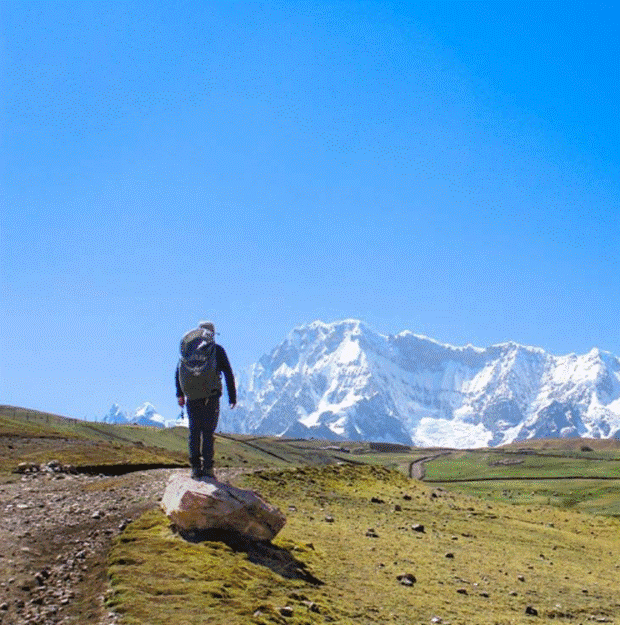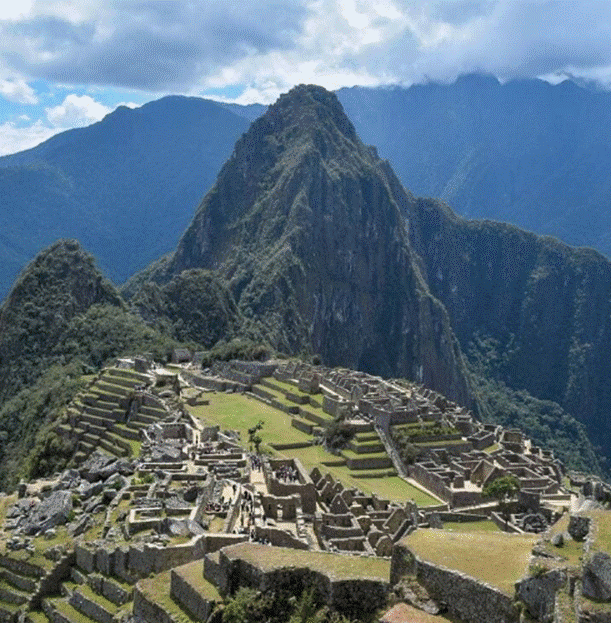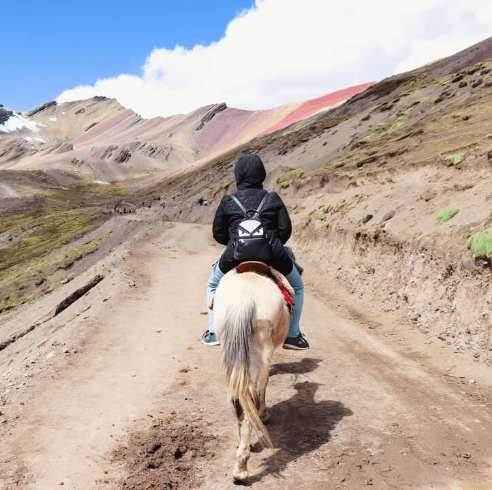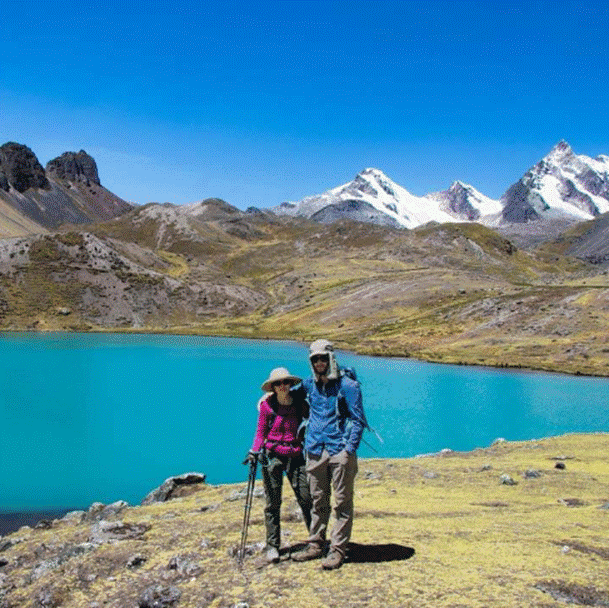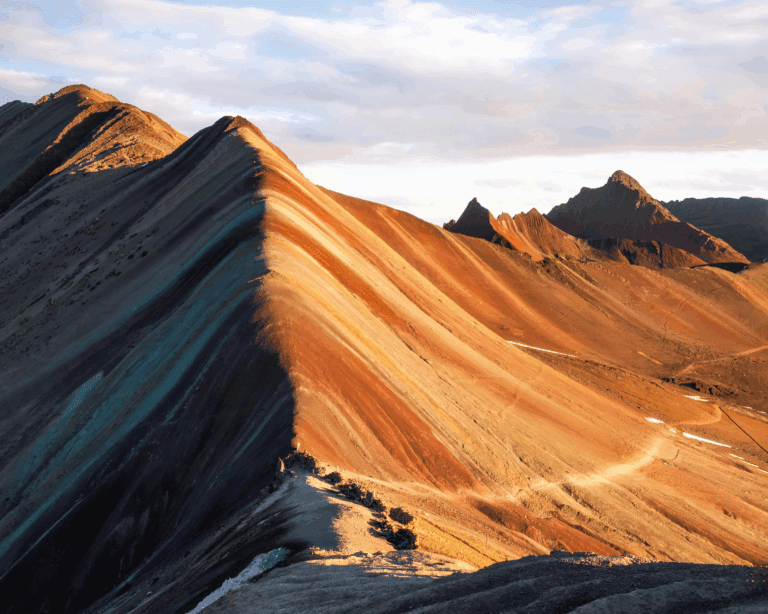What to see in Cusco: A Day in the Heart of the Inca Empire
Step into the heart of the Inca Empire with a visit to Cusco, the ancient capital and spiritual center of one of the world’s most magnificent civilizations. This journey offers an unforgettable experience where history, Inca architecture, and ancestral beliefs still resonate throughout the city.
Cusco: The Sacred Heart of the Inca Empire
Originally known as Qosqo, meaning “Center of the Universe,” Cusco was the jewel of the Inca Empire, serving as the political, cultural, and spiritual capital. As the empire’s center of power, it extended from southern Colombia to Chile. In its prime, Cusco was considered the very center of the world, housing the elite and functioning as the heart of a sophisticated civilization.
The Inca Empire and the Sacred City
Cusco was not only the empire’s capital but also a hub of sacred sites, temples, and pathways reflecting the Inca worldview. The Sapa Inca (emperor), regarded as a divine ruler, was believed to have a direct connection with the gods, nature, and spirits, emphasizing his transcendental power.
A Spiritual and Cultural Center
The city’s design mirrored its spiritual importance. Qorikancha, the Temple of the Sun, was the most sacred site, dedicated to Inti, the Sun God. Other temples and structures embodied the harmony between the earth, heavens, and underworld. The Inca’s advanced architecture continues to awe visitors today.
Cusco’s Glory During the Inca Empire
At its peak, Cusco was the epicenter of Inca life, with significant roles for priests, nobles, and warriors in maintaining the cosmic order. The city was a center for learning, art, and science, where imperial administration and religious ceremonies were held.
Cusco’s Legacy in the Modern World
Today, Cusco remains a living testament to the greatness of the Inca Empire. Its streets, plazas, and monuments tell the story of a civilization deeply connected to nature and the divine. Cusco’s cultural impact continues to influence indigenous worldviews across the Americas.
What to Do in Cusco: A Journey Through Time
Cusco invites you to explore its rich history, while also adjusting to the high altitude (3,400 meters). Here’s how to make the most of your visit:
Acclimatization: Adjusting to the Inca High Andes
Upon arrival, take time to acclimate by resting, staying hydrated, and avoiding heavy meals or alcohol. A leisurely walk around Cusco’s historic center is an ideal way to begin your adventure.
Discover Cusco’s Historical Streets and Royal Palaces
Cusco’s stunning streets and ancient palaces provide a glimpse into its Inca past. Streets like Romerito Street, Ahuacpinta Street, and Cabracancha Street showcase Inca architecture and history. These streets lead you to important landmarks, including the Main Plaza, Qorikancha, and the Cusicancha Palace, highlighting the grandeur of ancient Cusco.
Visit Qorikancha: The Temple of the Sun
Start with Qorikancha, located near Plaza de Armas. This temple, with its perfectly aligned stone walls, is a testament to the Inca’s devotion to Inti, the Sun God. It serves as an introduction to Cusco’s spiritual heritage.

Get to know Cusicancha, located just a few minutes from the Main Plaza in Cusco, is the stunning remains of one of the Inca palaces. Here, visitors can explore Inca streets, Inca foundations, and squares, offering a glimpse into what the palace and its surroundings looked like in the past. The site provides a unique opportunity to connect with Cusco’s rich Inca history and experience the impressive architecture and layout of this ancient royal palace.
Explore Cusco’s Streets: Where the Past Meets the Present
Walk through the streets of Cusco, where Inca traditions blend with Spanish colonial influences. The Plaza de Armas is a key point, surrounded by Cusco Cathedral, a symbol of the fusion of two cultures.
The Twelve-Angled Stone: An Inca Engineering Marvel
Admire the Twelve-Angled Stone, a marvel of Inca stonework located near the Plaza de Armas. This unique stone is an example of the precision and skill that defined Inca engineering.

Loreto Street: A Showcase of Inca Masonry
Walk along Loreto Street to view some of the best-preserved Inca walls, showcasing the advanced stone-cutting techniques that have endured for centuries.

Romerito Street: A Step Back in Time
Romerito Street, just a block from Plaza de Armas, connects the Main Plaza with Qorikancha. Walking along this street brings you past Cusicancha Palace, offering a direct link to Cusco’s rich Inca heritage.

Ahuacpinta Street: Walk Along the Temple of the Sun
Located near the Main Plaza, Ahuacpinta Street runs along the back wall of Qorikancha, the Golden Temple of the Incas. This historical street offers a glimpse into the stunning beauty of Inca Cusco during its glory days.

Cabracancha Street: Steeped in Inca History
Just minutes from the Main Plaza, Cabracancha Street connects you to important Inca sites. It’s one of Cusco’s most remarkable streets, rich in Inca cultural heritage.

Santa Monica Street: A Perfect Example of Inca Urban Planning
A short distance from Plaza de Armas, Santa Monica Street is one of the most beautiful Inca streets in Cusco, known for its straight alignment and well-preserved stonework. This street offers a perfect example of Inca urban design.

Dive into Local Life: San Pedro Market and Andean Crafts
For an authentic taste of Cusco, visit San Pedro Market, where you can experience local foods, vibrant colors, and traditional Andean crafts that reflect ancient Inca techniques.
Visit Pumaq Chupan: The Tail of the Puma, Cusco’s Spiritual Center
Explore Pumaq Chupan, or the “Tail of the Puma,” a key site in Cusco’s cosmic design. Situated at the intersection of Avenida Tullumayo and Avenida El Sol, it marks the tail of the sacred puma-shaped city layout that symbolizes strength, wisdom, and the connection between the spiritual and earthly realms.

Cusco’s Puma-Shaped Design: A Sacred Symbol
Cusco’s design was created to reflect the puma, a sacred animal in Inca cosmology. The city’s layout aligns with this figure, symbolizing the earth’s strength, power, and wisdom.
Museums of Cusco: A Deeper Dive into Inca History
- Museo Inka: Discover Inca artifacts, including pottery, mummies, and tools that provide insight into daily life in the empire.
- Museo de Arte Precolombino: This museum offers a broader perspective on Peru’s pre-Inca civilizations, showcasing art and cultural artifacts from diverse ancient cultures.
- End with an Andean Coffee: A Moment of Reflection
- After a day of exploration, unwind in one of Cusco’s cozy cafes with a cup of Andean coffee while reflecting on your journey through the ancient Inca Empire.
More about cusco here: Attractions in Cusco that you may not have known existed



